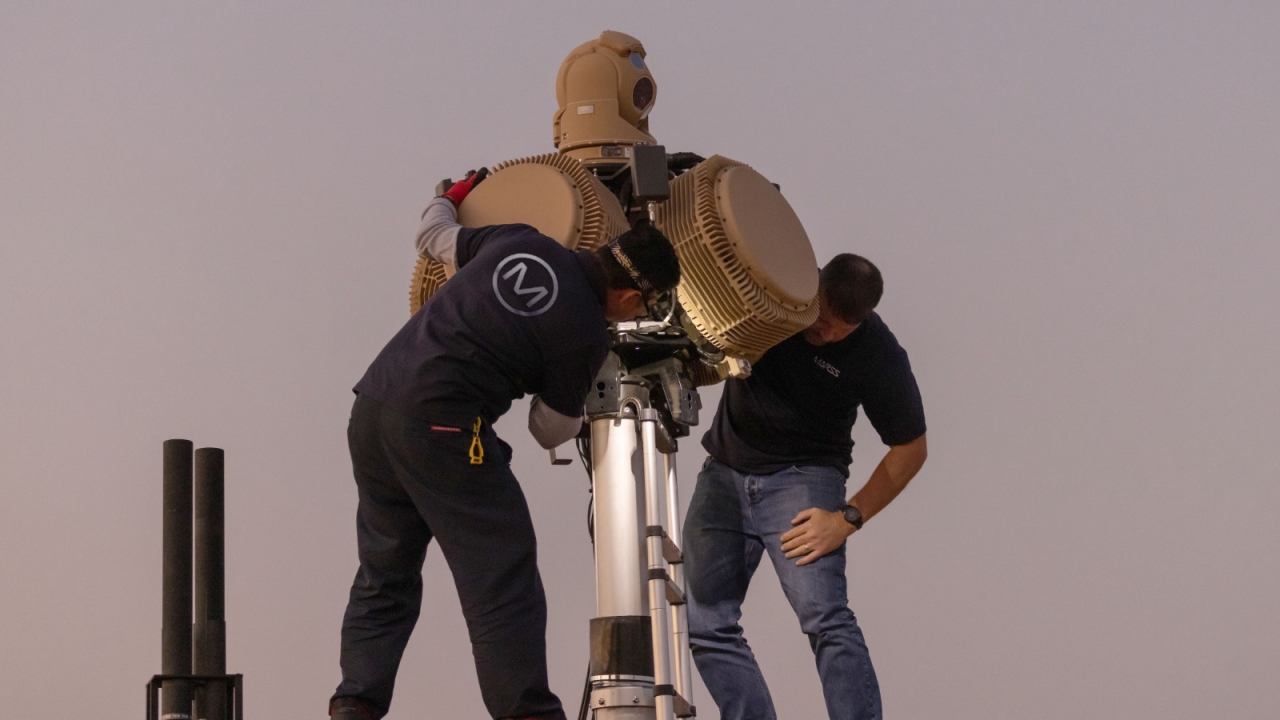Turkish F-35 flies into turbulence
Steadily worsening relations between the two countries has seen the US Congress pass legislation temporarily banning deliveries of the Lockheed Martin F-35 Lightning II to Turkey. Jon Lake reports.

On May 10 2018, the first F-35A destined for the Turkish Air Force made its maiden flight at Fort Worth in the hands of US Navy test pilot, Commander Tony Wilson.
The first two F-35 MTUs were formally handed over in a ceremony at Fort Worth on June 21, and represented the first fifth-generation fighters in the Turkish Air Force Command inventory. They were then flown to Luke AFB for pilot training to begin.
But, with steadily worsening relations between the USA and Turkey, on August 2 the US Congress passed legislation temporarily banning deliveries of the aircraft, which, in Turkey, is better known as the F-35 Müşterek Taarruz Uçağı (MTU) rather than the more familiar Joint Strike Fighter (JSF).
Under the fiscal year 2019 (FY 2019) National Defense Authorization Act, F-35 deliveries to Turkey were barred for 90 days. They will remain suspended until the US Department of Defense can deliver a report assessing the impact of removing Turkey from the F-35 programme altogether.
To permanently stop F-35 deliveries to Turkey, additional legislation would be required.
The move to ban F-35 deliveries to Turkey was the result of a number of problems. Opposition to the delivery of F-35s was exacerbated by Turkish plans to acquire Russian S-400 surface-to-air missiles. This prompted concerns that sensitive F-35 data could be compromised.
Turkey’s refusal to release American evangelical pastor Andrew Brunson, charged with espionage by Turkey, further aggravated the situation, and the US imposed some economic sanctions against Turkey on August 10.
Turkey is one of eight partners in the F-35 programme, having invested $195 million into the system development and demonstration (SDD) phase. This made it the highest-spending of the five tier-3 partners.
Turkey has already ordered 30 F-35As of an expected requirement for about 100, and 10 Turkish companies are heavily involved in the programme.
Turkish Aerospace is a second source for the centre fuselage and will manufacture composite skins and weapon bay doors, and air inlet ducts, as well as 45% of the F-35’s air-to-ground weapons pylons and adapters.
Other Turkish participants include Alp Aviation, which manufactures F-35 airframe structures, landing gear components and engine parts, while Fokker Elmo manufactures electrical wiring systems. Kale Aerospace is supplying F-35 airframe structures and assemblies and landing gear uplock assemblies.
MiKES has delivered F-35 aircraft components and assemblies for BAE Systems and Northrop Grumman, while Aselsan is working with Northrop Grumman on components for the electro optical targeting system, while Ayesaş is the sole supplier of the panoramic cockpit display.
Turkey was also slated to host the first of three regional engine depot overhaul facilities in Europe. This will form part of the Turkish Air Force’s 1st HIBM in Eskisehir, in north-western Turkey, where Turkish F135 engines were also to have been assembled.
The country’s involvement was not only good for Turkey, but offered lower costs to the programme. Turkey’s military procurement chief, Murad Bayar, said that TAI, already scheduled to build 400 F-35 centre fuselages, could complete 624 more for no extra investment cost. Turkey’s lower labour costs would save the programme $3.5 billion.
US Defense Secretary, James Mattis, urged congress not to interfere with Turkey’s F-35 acquisition, noting that it would take between 18 and 24 months to “re-source parts and recover” if Turkey was dropped from the programme, and that finding substitute manufacturers could delay the global F-35 procurement chain by six to 18 months. His advice was ignored.
Though there were initial reports that all Turkish F-35 training activity had been suspended, this was not the case and, on August 28, Major Halit Oktay became the first Turkish Air Force pilot to fly an F-35.
Turkey is expected to receive six F-35 jets by 2020, and the remainder of its initial 30 aircraft order by 2024. Four of these are due to remain in the US for training until 2020, with two due to transfer to Malatya in eastern Turkey in September 2019.
Some analysts believe that the Turkish F-35s have been paid for and cannot legally be confiscated, although the US could effectively prevent their delivery by withdrawing its assistance and cooperation.
Stay up to date
Subscribe to the free Times Aerospace newsletter and receive the latest content every week. We'll never share your email address.

